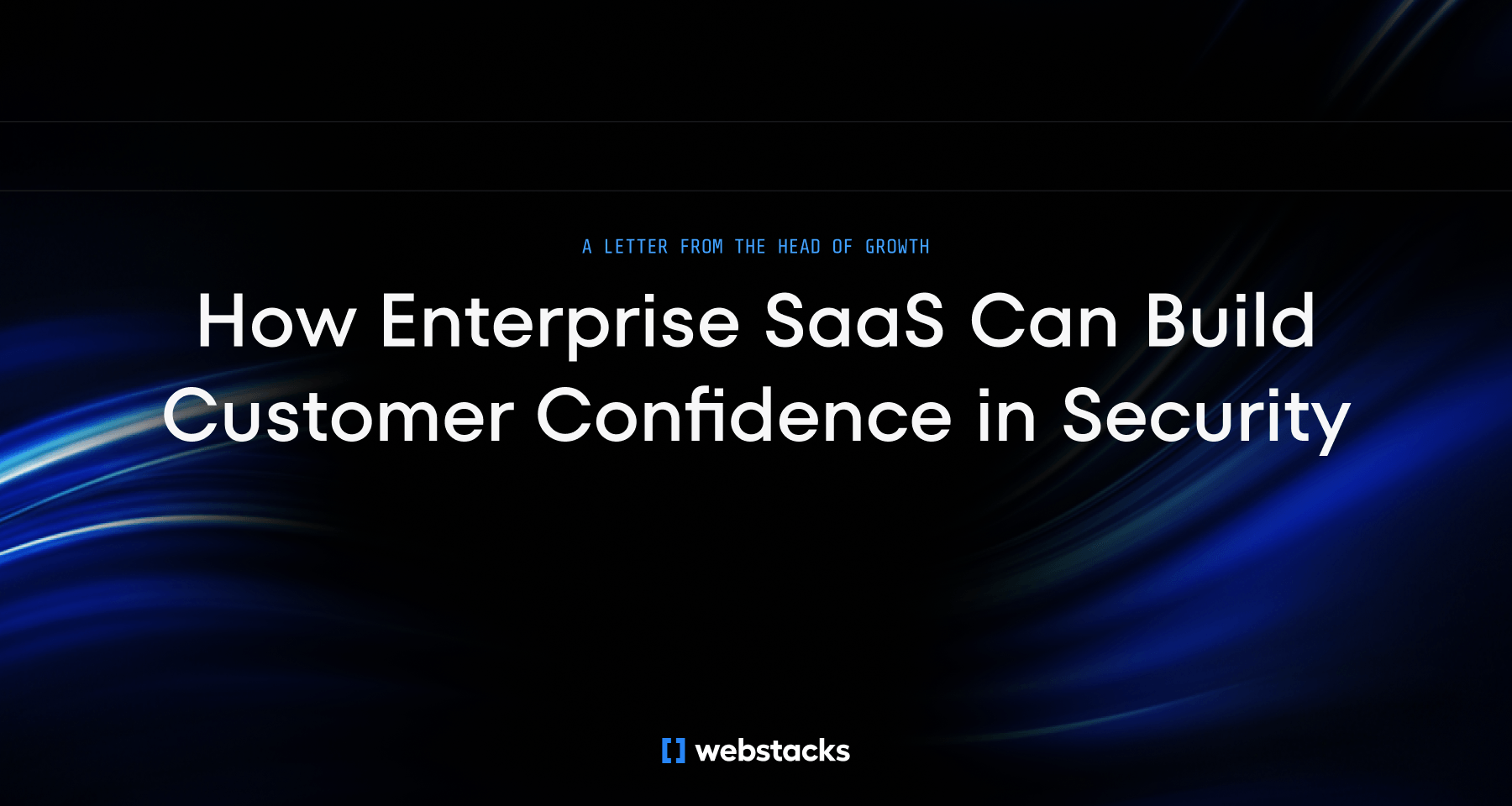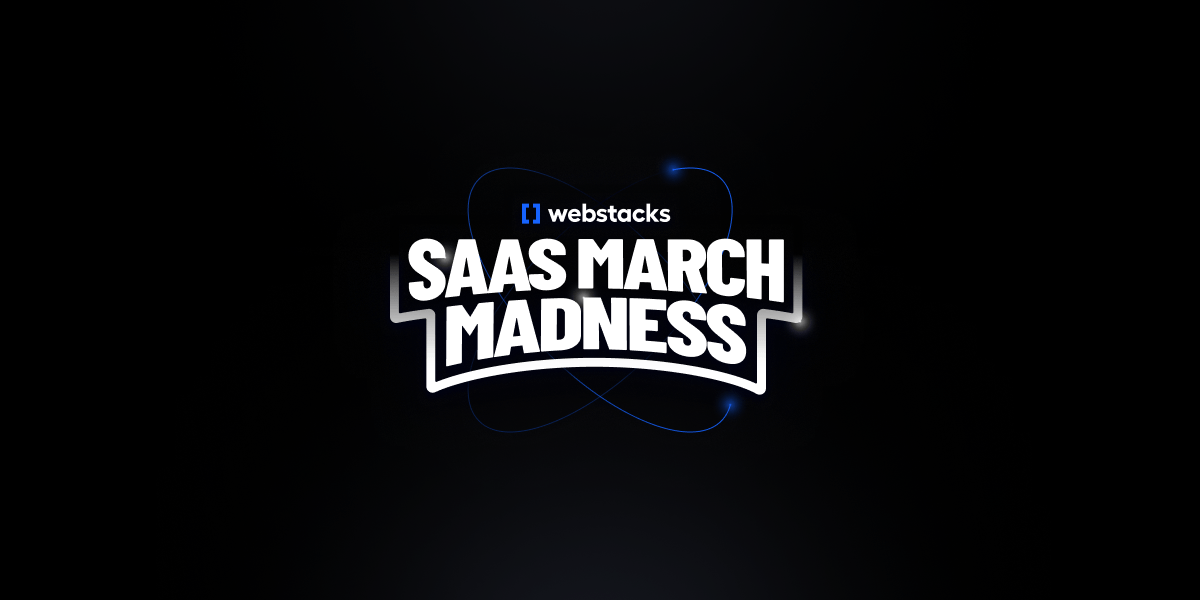We’ve been in enough roadmap conversations to spot the moment it happens.
Someone says, “Wait—doesn’t [competitor] already offer that?”Suddenly, the goal shifts. Not toward solving a specific customer problem. Not toward improving the experience. But toward catching up.
That mindset—let’s call it the parity trap—doesn’t just influence what gets built. It quietly reshapes how you talk about your product. And for SaaS companies, it almost always shows up first (and most visibly) on the website.
Because when your product starts chasing parity, your site starts sounding like everyone else’s.
The pull of parity is real. And understandable
We’ve heard this firsthand from product and marketing teams we work with. Parity feels safe. When a competitor launches something new, it’s tempting to add it to the backlog. If it helps close the next deal or cover the next use case, why not?
But here’s what we’ve seen: matching features doesn’t win deals. Solving the right problem—more clearly, more effectively, and more intentionally—does.
In fact, chasing parity too closely introduces risk:
- It fills your roadmap with things your customers haven’t asked for
- It muddles your product’s focus and differentiators
- It dilutes your story into a list of checkboxes no one can remember
And when that happens, your website becomes the proof.
What your buyers are actually trying to figure out
Most SaaS websites are built to answer: “What do we offer?”
But that’s not what enterprise buyers are asking.
Imagine a risk-averse buyer evaluating five platforms. They’re not counting features—they’re scanning for alignment. They want to know:
- How does this fit into how our team already works?
- Where will it help us move faster or reduce risk?
- Why was it built this way, and not like everyone else’s?
These aren’t questions a parity chart can answer. They require messaging rooted in decisions, tradeoffs, and outcomes—not just a list of features.
So if your product strategy is becoming “us too,” your website is going to reflect it. And that’s where you start to lose buyers before the conversation even begins.
Use your website to tell a smarter product story
When we work with SaaS teams, we often ask: “What’s the strongest reason a customer chooses you over the competition?” The best answers aren’t about feature gaps—they’re about fit. Focus. Philosophy.
That’s what your website needs to reflect.
- Lead with outcomes: What changes for your users when they switch to your product? What gets easier, faster, or more scalable?
- Show your opinion: What did you choose not to build, and why? What does that say about who your product is for?
- Write for real-life scenarios: Not “what it does,” but “how it helps your team do X faster” or “how this feature solves Y better.”
You can still have product pages. You can still have comparison pages. But they should feel like an extension of your product’s worldview—not a reaction to someone else’s.
Feature parity isn’t evil. But it’s not a strategy either.
It’s not that you should never build what competitors have. Sometimes you will. But your job is to explain why your version exists—and how it solves something better.
If your product is built with a point of view, your website should have one too.
Because a parity-driven site says, “We can do everything.”A story-driven site says, “Here’s why we’re built for you.”
And only one of those actually builds trust.
If your roadmap has drifted toward sameness, start by revisiting your messaging. What do you believe that your competitors don’t?
Build your product story from there.




